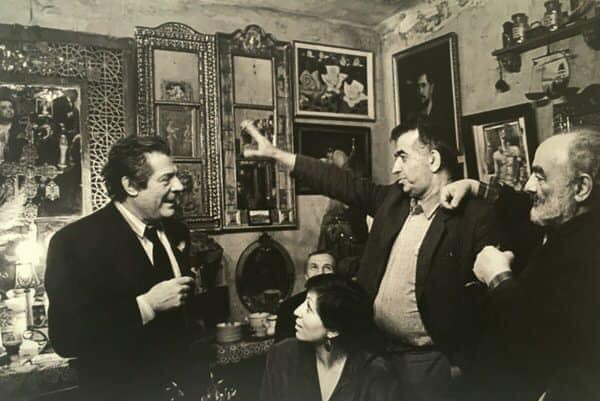
Having flown from Leningrad to Tbilisi for only three days, the famous Italian artist soon changed his mind and said that he wanted to stay here forever! In March 1988, he set foot on the hospitable land of Tbilisi, the journalists of the still Soviet Republic staged a real race to interview an overseas movie star. The first" access to the body "was given to the newspaper "Youth of Georgia". At a meeting with the Maestro appeared to two young employee's Pera Khalatyan and Eligulashvili. "Oh, my God! Marcello Mastroianni exclaimed in the purest Italian and raised his hands to the sky so dramatically that it seemed to his interlocutors that he uttered this sacred formula in Georgian. — There are two of you?" As if one tormentor wasn't enough for my poor head. I've only been in Tbilisi for two days. But it already seems to me that there are three million journalists here." Then, changing his anger to mercy, Mastroianni praised the local traditions, and especially the Georgian hospitality: "For two days I felt like a Christmas goose being fattened for slaughter. Another week of this life and I would have hidden somewhere. Just a little rest." And in an interview with the newspaper "dawn of the East", the artist admitted that a lot of things in Georgia remind him of his native Italy. However, both the people and the weather here are "much warmer", which encourages the creation of good films. "At every step I am surrounded by everyone's attention," Mastroianni was either happy or upset. — And your emotions are expressed with a temperament that can only be observed in Italians. In General, Georgians and Italians, as it turned out, are similar in many ways. You know, individuals with a sense of humor can be found everywhere. But it is very rare for humor, irony, and the ability to make fun of everything, including, first of all, yourself, to be in the features of a national character. And that's fine!» However, the three-day "throw" from cloudy Leningrad, where at this time Mastroianni starred in Nikita Mikhalkov's film "black Eyes", in Sunny Tbilisi had a definite goal. In a private conversation with film Director Irakli Kvirikadze, Mastroianni admitted that he came to Tbilisi to see Director Parajanov. Kvirikadze was not surprised. Sergei Parajanov is a fantastic person, a disgraced genius. It would seem that you could come to visit such a host without any warning. But the screenwriter Kvirikadze decided to play it safe and observe all the rules of etiquette. On a March morning, Irakli entered a dim room where Sergei Parajanov was sitting on a narrow bed in long Johns . - Marcello Mastroianni has arrived in Tbilisi! Kvirikadze began without much preamble. "Three days! Wants to see you! Parajanov looked at Irakli with a dull stare: — Who are you?" — What, who is this?" Mastroianni! Did you watch eight and a half? "What did you say, Mastrone?" What's his last name?" Of course, this was another performance. At night, Kvirikadze led Marcello Mastroianni with an interpreter to Parajanov's house. The Windows were completely dark. With a sinking heart, Heraclius pushed open the door. The three of them stepped into the black opening, into the darkness of the unknown. And then a bright light came on in the room! Sergei was waiting for the dear guests, setting a sumptuous table and calling his friends-about thirty people. There were an artist, a Builder of the Tbilisi bathhouse, an architect, an Opera prompter, a party Manager of the Georgia-film Studio, a diamond buyer, a doctor, and a Barber... Parajanov this night surpassed himself: the walls of the house could collapse with laughter. Soon the translator was no longer needed — after all, the talent is understandable in any language. At four o'clock in the morning, Parajanov went to see Mastroianni off along Kote Meskhi street. Near the old Tbilisi house, Sergei stopped under a low balcony. The show continued. In his essay "Paraconid" Irakli Kvirikadze plays the hilarious dialogue between the two kinogeroyami: "Marcello, your love lives here. She's been waiting for you all her life, Marcello Mastroianni. "My love?" Marcello asked. "Her name is Shushanna. She's a virgin… She is seventy-four years old! Marcello looked at Parajanov in horror: "Seventy-four?" "She was saving herself for you!" All my life! And you're here! Parajanov held up a bamboo ladder found in the courtyard to the balcony and climbed it. Marcello, mesmerized, followed his new friend. They were in the bedroom. Moonlight shone on the bed where the voluptuous Shushanna slept. Mastroianni remembered the huge Saragina from Fellini's film "Eight and a half": for a few coins given to her by boys from a Catholic College, the giantess dances in front of them a Rumba on the seashore, shakes her powerful hips, shows an immense ass. They went to the bed. Leaning over, Sergei whispered: "Shushanna, are you still asleep?" You'll sleep through your dreams! Open your eyes, baby! An old two-hundred-kilogram woman opened her eyes, recognized Sergei, and asked: "What do you want this time, donkey?" — What do you dream of, Shushanna?" Do you like Mastroianni? - Mastroianni? Yes... "There it is!" Take it! With these words, Sergei without any respect bent Marcello and drowned him in the huge Breasts of Shushanna. Shushanna hesitated. "The real one?" Marcello was smiling at her. He liked the game, but felt a little awkward. However, he managed to say in Russian: "Shushannah, I'll help you!" As she looked at the man's face, she realized that this was the real Mastroianni. She screamed and pressed his head to her burning chest. Parajanov closed the bedroom door and, once on the balcony, shouted like a medieval crier: "Shushanna Kazarian is losing her virginity! I'll take out her sheet. In the General laughter, he didn't finish the sentence. Enthusiastic screams awakened the neighbors up all Solalaki quarter. People began to pour into the narrow street with bottles of wine, cheese, and herbs. They built a long table and began to feast again. - In the light of the melting moon, Marcello listened to the Georgian polyphony, hugged two portly elderly neighbors — his selfless fans, bathed in the waves of popular love and felt happy. He was shouting: "Fuck the Oscars! I demand political asylum! I'm staying in Tbilisi!" "Who could have imagined that just twenty-four hours ago, he was devastated by the news from Los Angeles that his Oscar nomination had failed. - And Parajanov continued to gush with new impromptu songs. The translator couldn't keep up with him, but Marcello still laughed until his eyes filled with tears. . Both informers and KGB officers who were sitting at the common table laughed — no Parajanov's feast was complete without them, - Kvirikadze tells. — I was just thinking that they would like to record all his stories and fantastic improvisations on a dictaphone. They would be an invaluable service to our culture. Deciphering them, you could publish a "New Decameron", no less wise and funny than the creation of Boccaccio." The weekend was over, and the guests had left. Mastroianni returned to Italy, and Parajanov to his house at the foot of the Holy mountain. What a great movie these two have come up with and acted out — without makeup artists, costumers and grueling rehearsals! It is a pity that there was no one to shout the word "Motor!"in time.

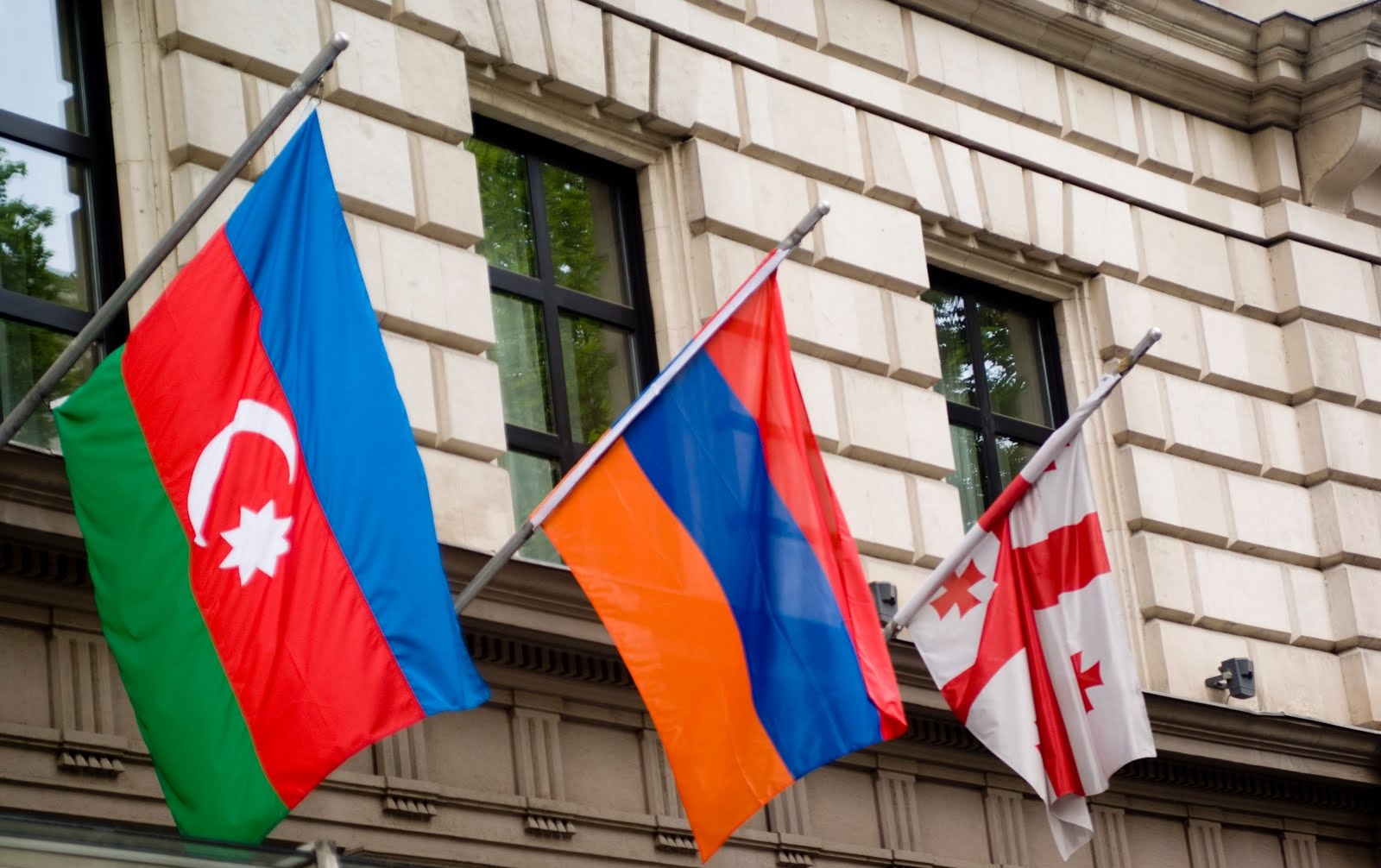






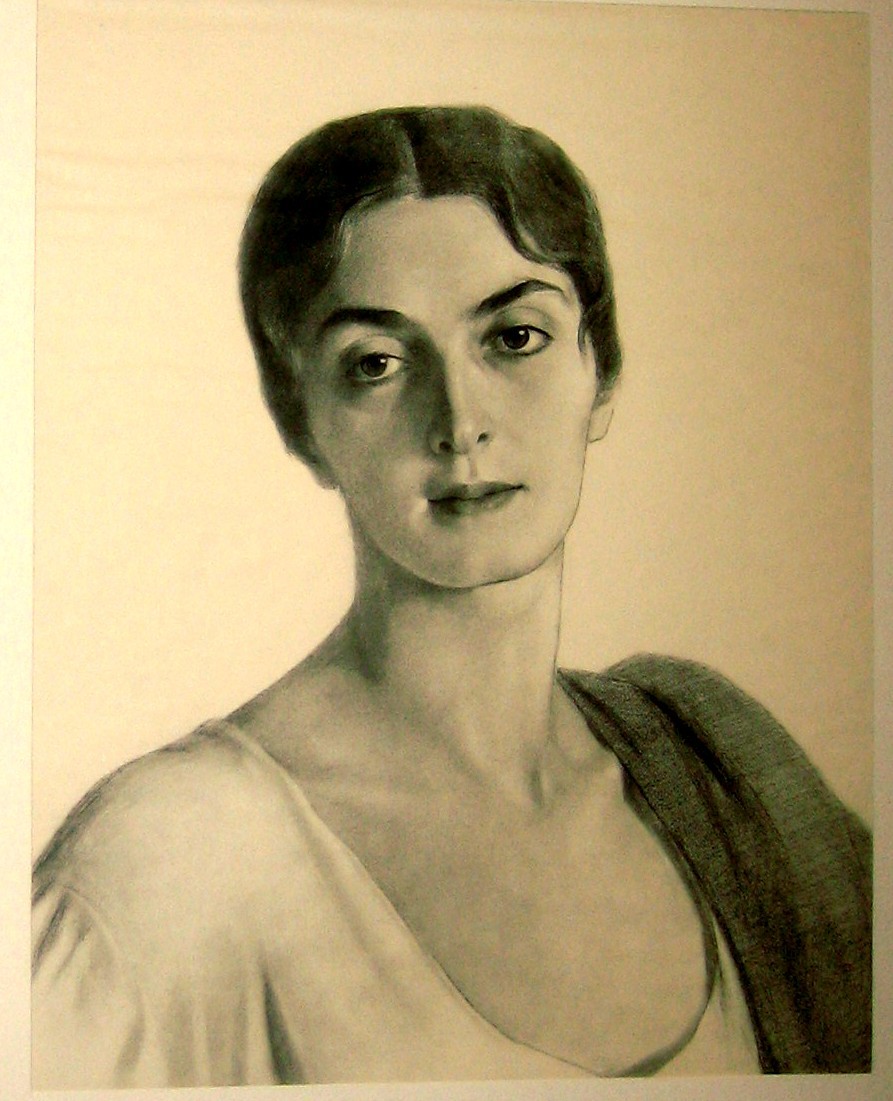
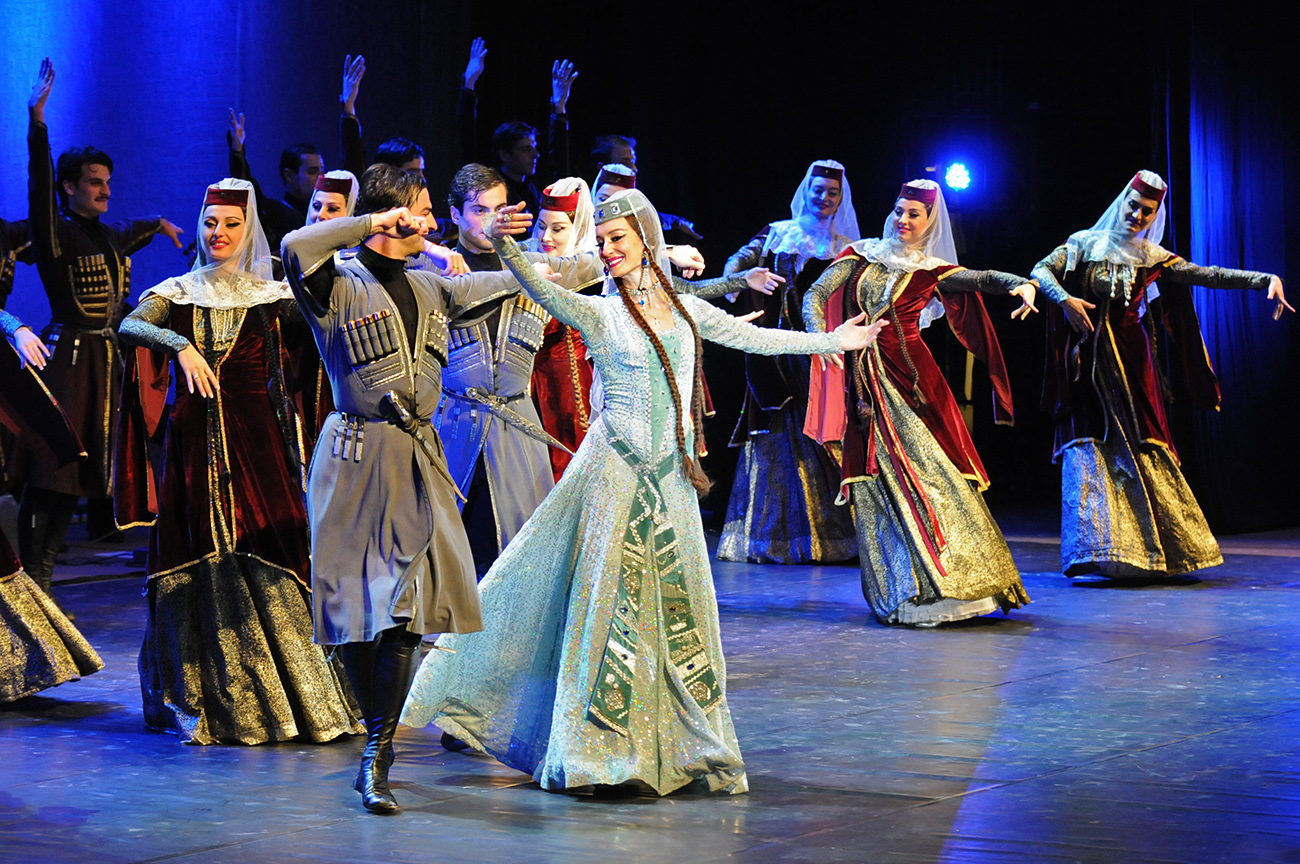
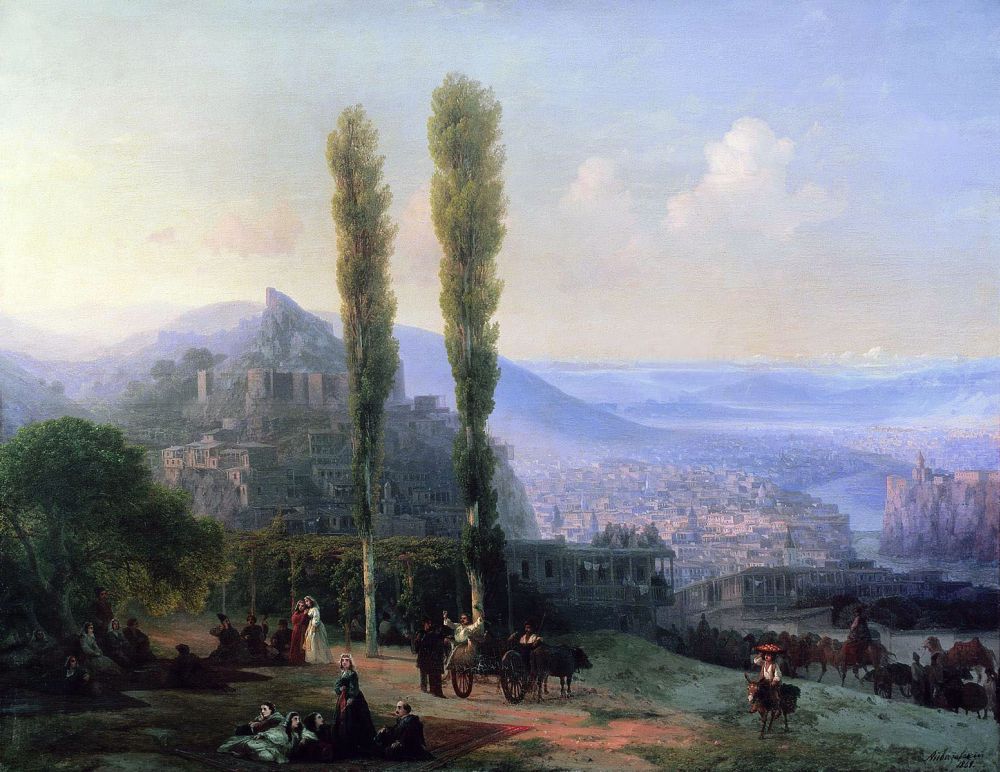

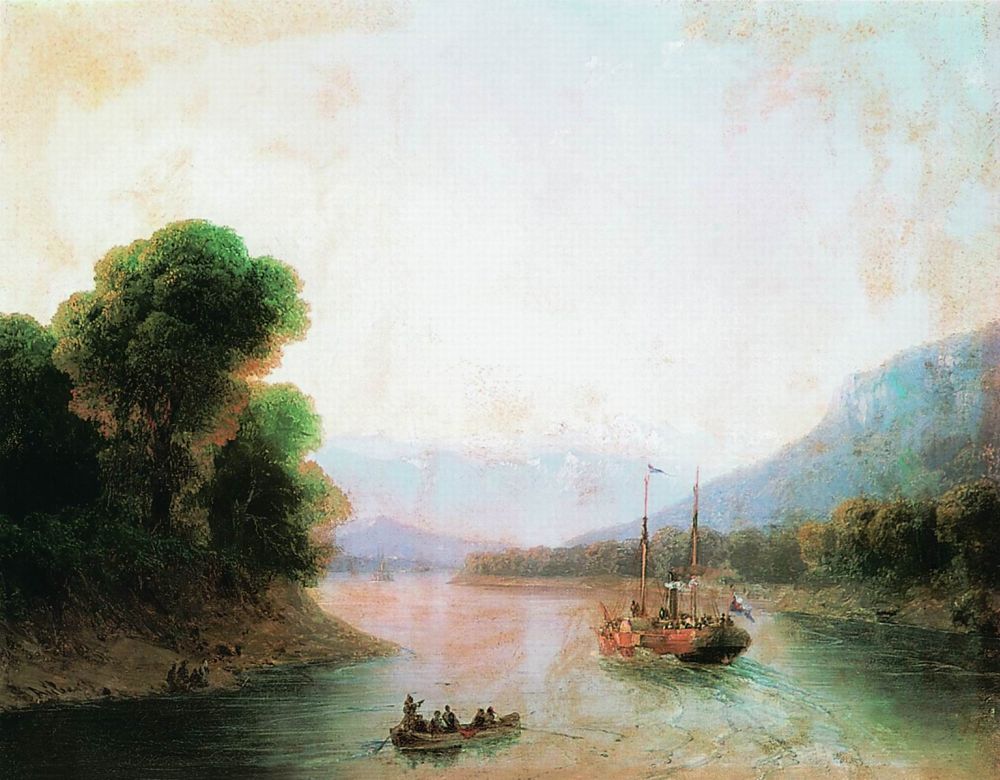

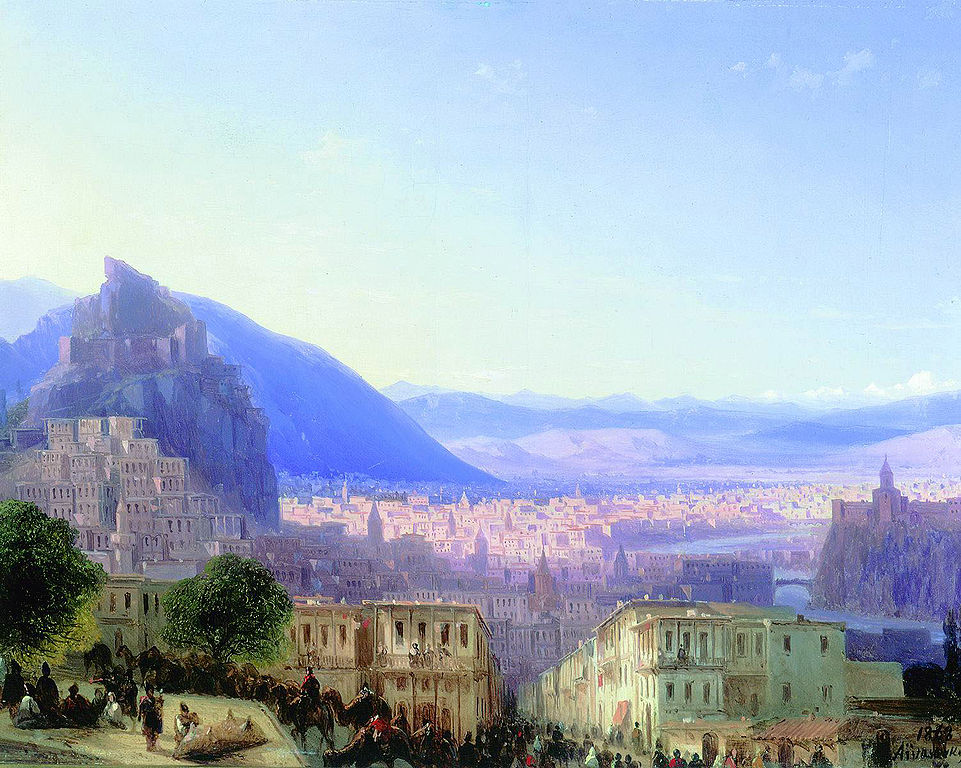
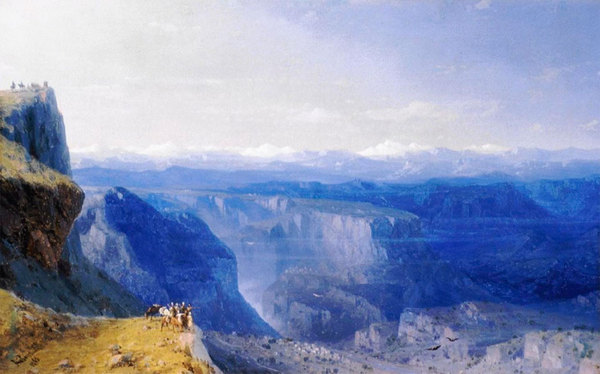

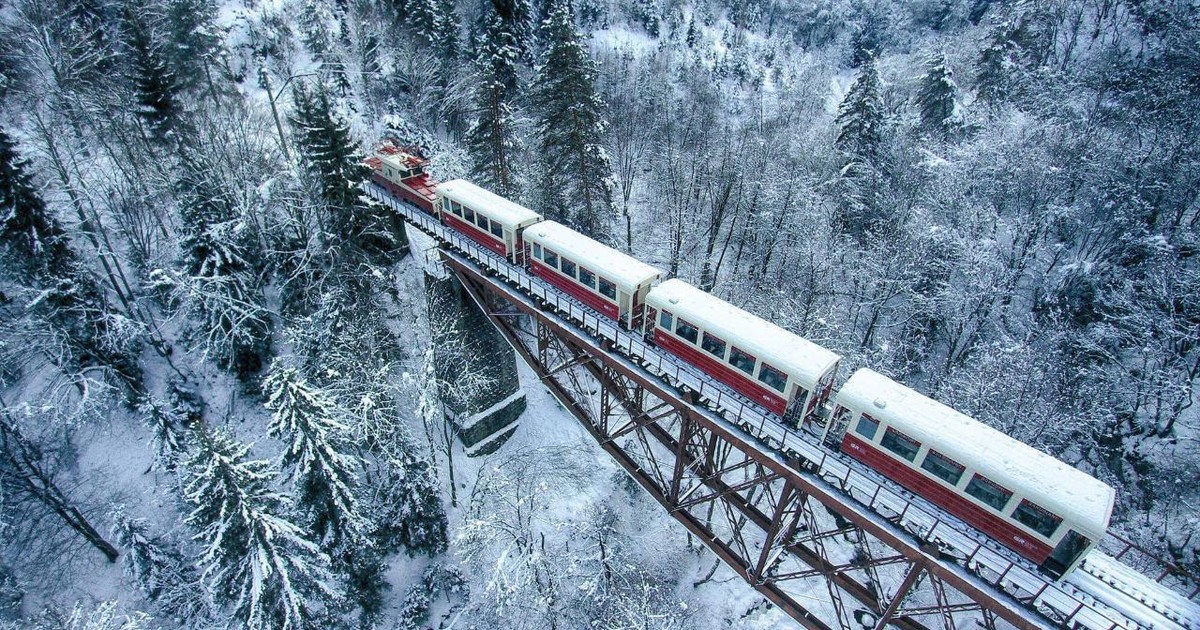
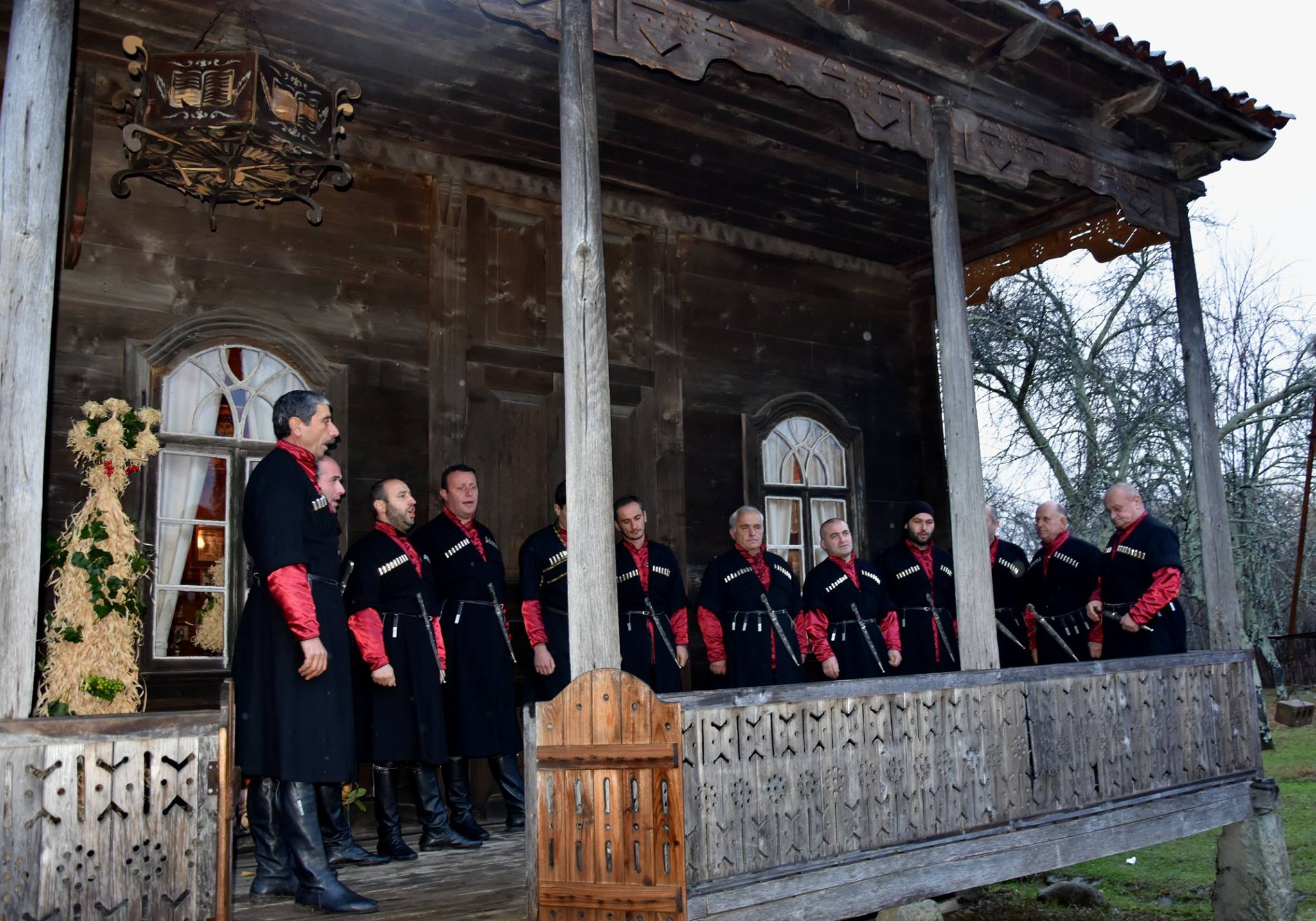
 If you love winter sports and entertainment, now is the time to plan your trip to Georgia. Winters in the country are mild, the temperature rarely falls below -10° C, almost all the time the sun shines. There is almost no wind – the Caucasus reliably closes the interior from cyclones. There are 5 ski resorts in Georgia: Gudauri, Bakuriani, Goderdzi, Hatsvali and Tetnuldi. All of them are located in different parts of the country, which makes each unique and interesting in its own way. The most famous and crowded resorts are Gudauri and Bakuriani. The other three are quite young and are at the stage of improvement and popularization. As for prices, they are almost the same at all resorts, so where to go to rest is up to you. Gudauri has started to develop relatively recently, so everything is in accordance with modern requirements and new technologies. It is considered the most popular and the most youth of all ski resorts in Georgia. Bakuriani Is one of the oldest resorts in the entire Caucasus and the first ski resort in Georgia. During the Soviet era, Bakuriani hosted winter sports competitions, a sports base for the Olympic team, and sports schools. To date, everything has changed, updated and become modern, but several schools are still working and developing. Bakuriani is an ideal place for those who like a quiet ride or just want to get up on skis, as most of the trails are for Amateurs. The Tetnuldi ski resort opened in February 2016, so everything is just getting frustrated. While on the territory of no cafes and hotels, and most importantly queues on the cable car. But soon everything will be, the builders of the resort have a good project that should bring Tetnuldi to the European level. And as the pioneers say, soon the title of Gudauri "Mecca of freeride" will fairly pass to Tetnuldi. Hatsvali Can be said to be the elder brother of Tetnuldi, since Hatsvali is also located in the area of Svan towers and 8 kilometers from Mestia-the center of Svaneti. It was opened in 2011 and named after the mountain, at the foot of which is located the lower station and the track for beginners. The ski resort of Goderzdi is located just 100 kilometers from Batumi, so it will especially attract everyone who is nearby. Opened Goderdzi, as well as Tetnuldi, in 2016 and is also under development. Have a good rest! Установите приложение на смартфон и работайте офлайн +Установить Переводчик
If you love winter sports and entertainment, now is the time to plan your trip to Georgia. Winters in the country are mild, the temperature rarely falls below -10° C, almost all the time the sun shines. There is almost no wind – the Caucasus reliably closes the interior from cyclones. There are 5 ski resorts in Georgia: Gudauri, Bakuriani, Goderdzi, Hatsvali and Tetnuldi. All of them are located in different parts of the country, which makes each unique and interesting in its own way. The most famous and crowded resorts are Gudauri and Bakuriani. The other three are quite young and are at the stage of improvement and popularization. As for prices, they are almost the same at all resorts, so where to go to rest is up to you. Gudauri has started to develop relatively recently, so everything is in accordance with modern requirements and new technologies. It is considered the most popular and the most youth of all ski resorts in Georgia. Bakuriani Is one of the oldest resorts in the entire Caucasus and the first ski resort in Georgia. During the Soviet era, Bakuriani hosted winter sports competitions, a sports base for the Olympic team, and sports schools. To date, everything has changed, updated and become modern, but several schools are still working and developing. Bakuriani is an ideal place for those who like a quiet ride or just want to get up on skis, as most of the trails are for Amateurs. The Tetnuldi ski resort opened in February 2016, so everything is just getting frustrated. While on the territory of no cafes and hotels, and most importantly queues on the cable car. But soon everything will be, the builders of the resort have a good project that should bring Tetnuldi to the European level. And as the pioneers say, soon the title of Gudauri "Mecca of freeride" will fairly pass to Tetnuldi. Hatsvali Can be said to be the elder brother of Tetnuldi, since Hatsvali is also located in the area of Svan towers and 8 kilometers from Mestia-the center of Svaneti. It was opened in 2011 and named after the mountain, at the foot of which is located the lower station and the track for beginners. The ski resort of Goderzdi is located just 100 kilometers from Batumi, so it will especially attract everyone who is nearby. Opened Goderdzi, as well as Tetnuldi, in 2016 and is also under development. Have a good rest! Установите приложение на смартфон и работайте офлайн +Установить Переводчик
